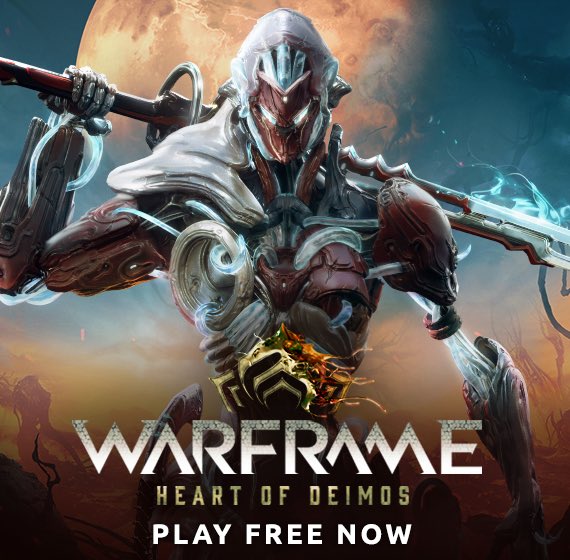

The Super Nintendo Entertainment System (SNES) was released in North America in 1991. In 1990, the year before, the console was initially released in Japan under the name Super Famicom (SFC). Although the two products are made of the same internal components, their external features and marketing was different. Above, you can see the Japanese SFC on the left and the American SNES on the right.
Both consoles use grey colors for the majority of hardware, but the distinctive colors are different. The SFC has bright, colorful buttons on the controller and a matching logo on the console. It embodies the typical 90s electronics look. The SNES on the other hand, uses shades of purple for the controller buttons and features the purple color on the console’s buttons as well. It has a more modern design, with the added bump on top making it look sleeker. It’s been theorized that the shape is intended to prevent kids from leaving their drinks on top of the console, as obviously liquids and electronics don’t pair very well.

On the boxes, the Japanese SFC uses colorful lines and shapes to draw the console and its controllers, creating a visually appealing artwork. The American SNES has a picture of the console instead and emphasizes that the console is “super” by labeling it as such multiple times and including the title in many of its game titles, such as Super Mario Kart and Super Metroid. The SFC box art seems to be selling it as a new electronic device, whereas the SNES box art is more in line with typical American toy marketing, showcasing the console and trying to appeal to the kids and teens that would want the console.

In 2017, Nintendo released their latest console, The Nintendo Switch. Unlike with the Super Nintendo from the early 1990s, the Switch doesn’t have a different version for Japan. It still has a similar coloring style, with a solid color for the console and the bright colors on the controllers. The box art is much simpler, with just a picture of the console and the title/logo for the Switch. Since Nintendo is a very well known company now, they don’t need anywhere near as much marketing on the box.


